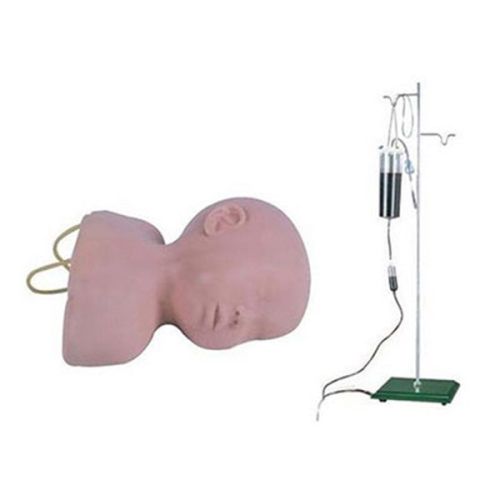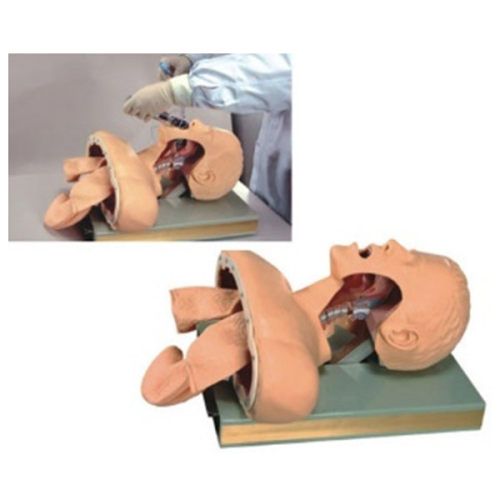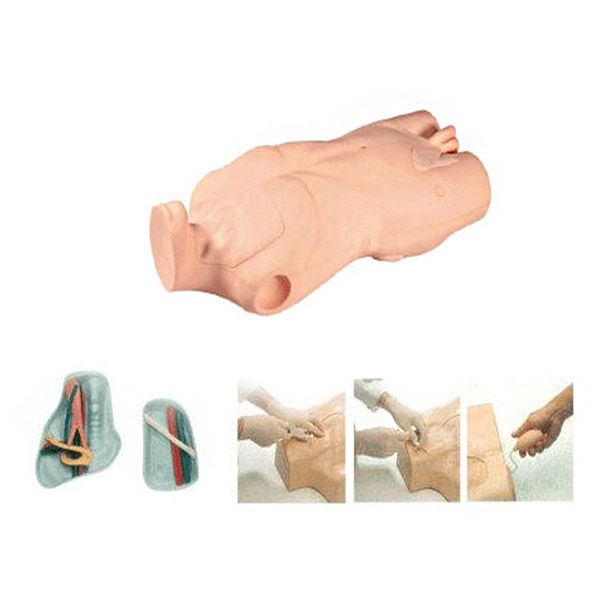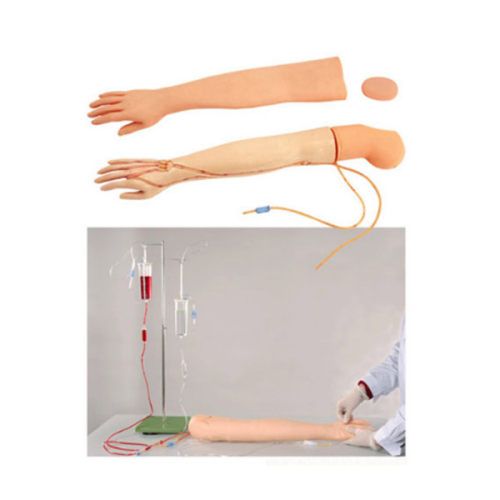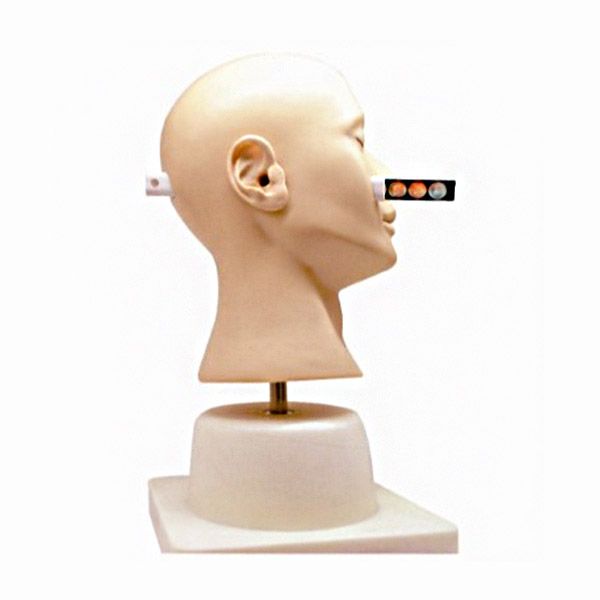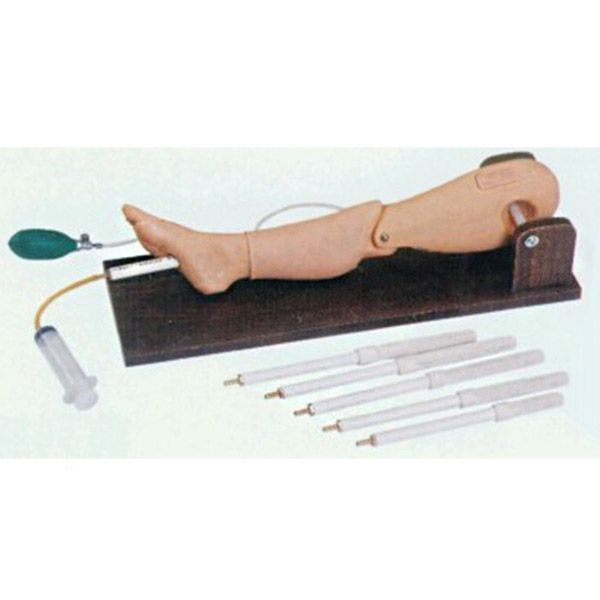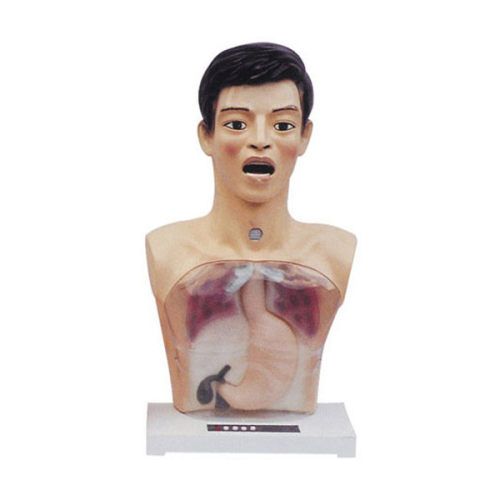Cardiopulmonary resuscitation (CPR) is a time-critical intervention that can significantly improve survival rates for victims of sudden cardiac arrest. As a foundational component of emergency medical services, CPR empowers individuals to respond effectively to these life-threatening events. However, traditional CPR training methods, often limited to didactic lectures and basic mannequin practice, may not adequately prepare learners for the challenges of real-world cardiac arrests. To address these limitations and enhance the effectiveness of CPR training, the integration of advanced simulation technology offers a promising approach. By providing learners with realistic and immersive training experiences, simulation-based education can foster the development of critical thinking, decision-making, and technical skills necessary for successful CPR performance. Furthermore, regular competency assessments and ongoing training can ensure that individuals maintain the knowledge and skills required to provide high-quality CPR.
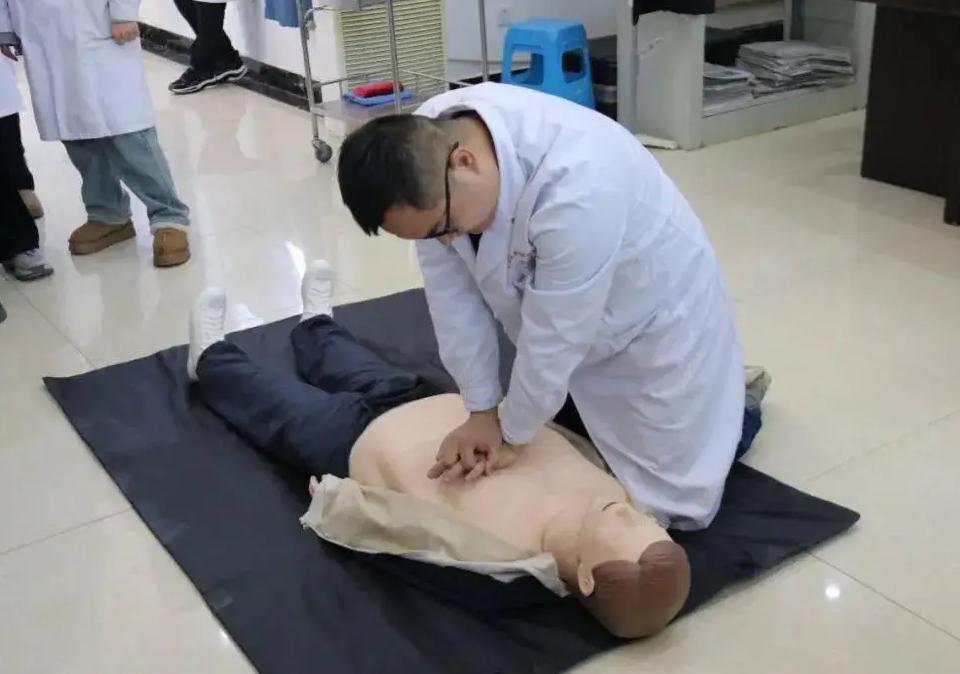
What Is Advanced Simulation Learning?
Advanced simulation learning refers to the use of sophisticated technology to create highly realistic and interactive training environments. Unlike traditional training methods, which often rely on static mannequins and theoretical instruction, advanced simulation offers a dynamic and immersive experience that closely mimics real-world scenarios. Key features of advanced simulation learning include:
- High fidelity: Advanced simulation tools, such as high-tech human patient simulators, can replicate a wide range of physiological responses and medical conditions, providing learners with a highly realistic training experience.
- Repeatability: Simulation scenarios can be repeated multiple times, allowing learners to practice and refine their skills until they achieve mastery.
- Safety: Learners can practice life-saving procedures in a safe and controlled environment, without risking harm to themselves or others.
- Customization: Simulation scenarios can be tailored to meet the specific needs of different learners and training objectives.
Advanced Simulation Technologies for CPR Training
Several advanced simulation technologies have been developed to enhance CPR training. These include:
- High-fidelity human patient simulators: These lifelike mannequins can simulate a variety of medical emergencies, including cardiac arrest, respiratory failure, and trauma. They provide realistic feedback on the learner’s performance, such as chest compression depth and rate.
- Virtual reality (VR): VR technology allows learners to immerse themselves in simulated environments, providing a more engaging and interactive training experience. VR-based CPR training can be used to create a wide range of scenarios, from basic life support to advanced cardiac life support.
- Augmented reality (AR): AR overlays digital information onto the real world, providing learners with additional context and guidance. For example, AR can be used to display anatomical landmarks on a patient’s chest, helping learners to accurately perform chest compressions.
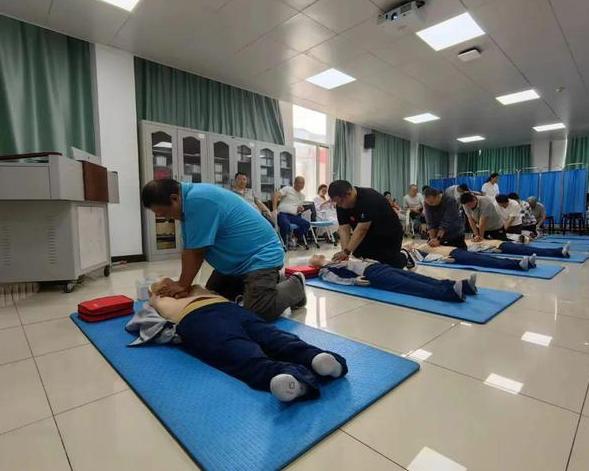
Advantages of Integrating Advanced Simulation Learning into CPR Training
Advantage 1: Enhanced Skill Acquisition
Advanced simulation learning provides learners with a highly realistic training environment that closely mimics real-world scenarios. By repeatedly practicing CPR on high-fidelity human patient simulators, learners can develop strong muscle memory and improve their technical skills. Simulation allows for the creation of a wide variety of emergency scenarios, enabling learners to develop the ability to adapt to different situations and make critical decisions under pressure.
Advantage 2: Immediate Feedback
CPR simulators provide immediate feedback on the learner’s performance, highlighting both correct and incorrect techniques. This real-time feedback allows learners to identify areas for improvement and make necessary adjustments to their technique. The immediate nature of feedback enhances the learning process and helps learners to retain information more effectively.
Advantage 3: Increased Engagement and Participation
Advanced simulation learning offers a more engaging and interactive training experience compared to traditional methods. The realistic nature of simulation scenarios and the ability to practice skills in a safe environment can increase learner motivation and satisfaction. By making CPR training more enjoyable, simulation can attract a wider range of participants and encourage more people to become certified in CPR.
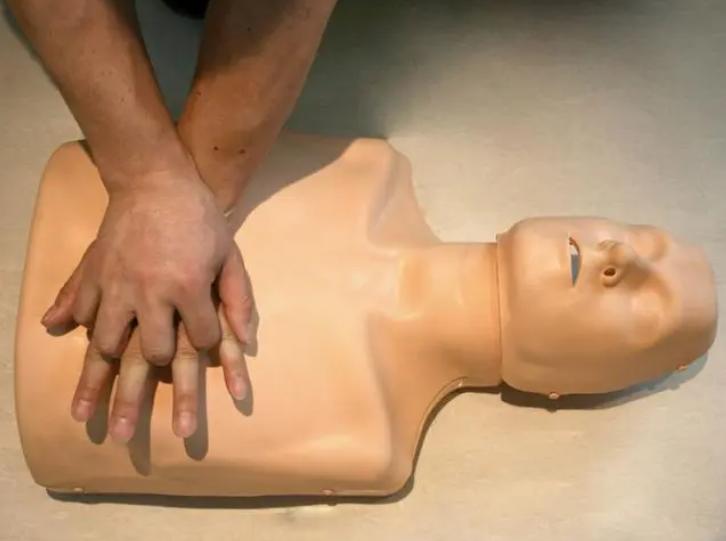
Challenges and Solutions in Real-World Applications of CPR Simulators
Cost and Resource Acquisition
- Advanced CPR simulators and associated technology can be expensive, posing a significant financial barrier for many healthcare institutions, especially in resource-limited settings.
- Addressing this challenge requires exploring innovative funding mechanisms, such as government grants, philanthropic donations, and public-private partnerships. Additionally, considering cost-effective alternatives, like cloud-based simulation platforms or shared resource models, can help to make simulation technology more accessible.
Instructor Adaptation
- Effective implementation of simulation-based training requires instructors to possess the necessary skills and knowledge to develop and facilitate high-quality simulation scenarios.
- To overcome this challenge, comprehensive training programs for instructors should be developed, focusing on both pedagogical principles and technical aspects of simulation technology. This can be achieved through workshops, webinars, and online resources.
Technical Issues and Maintenance
- Simulation equipment can experience technical difficulties, which can disrupt training sessions and impact learner satisfaction.
- To mitigate these issues, institutions should establish robust maintenance protocols, including regular equipment inspections, preventive maintenance, and access to technical support. Additionally, contingency plans should be in place to address unexpected equipment failures.

Best Practices for Incorporating Advanced Simulation Learning into CPR Training
- Mayo Clinic: Mayo Clinic is a pioneer in the use of simulation-based medical education. Their Center for Simulation in Biomedical Education has developed a wide range of high-fidelity simulations for various medical procedures, including CPR. By utilizing advanced simulation technology, the Mayo Clinic has been able to improve the clinical skills of their trainees and enhance patient safety. Their success can be attributed to several factors, including a strong focus on faculty development, a commitment to continuous quality improvement, and the use of data analytics to inform training programs.
- University of Washington: The University of Washington’s Department of Emergency Medicine has developed a comprehensive simulation-based curriculum for emergency medical services (EMS) providers. Using high-fidelity mannequins and virtual reality, they have created realistic training scenarios that challenge learners to make critical decisions under pressure. This program has resulted in significant improvements in the quality of patient care provided by EMS providers.
- Danish Emergency Medical Services: Denmark has implemented a nationwide simulation-based training program for emergency medical responders. By providing standardized, high-quality simulation training, they have been able to improve the overall survival rates for cardiac arrest patients.

The Power of Advanced Simulation
The integration of advanced simulation learning into CPR training represents a significant leap forward in medical education. By utilizing high-fidelity human patient simulators, virtual reality, and other cutting-edge technologies, CPR training can become more engaging, effective, and accessible.
While there are challenges associated with implementing advanced simulation, such as cost and technical issues, careful planning, and effective strategies can mitigate these obstacles. And choose a professional CPR simulator supplier as your partner. By embracing these innovations, we can elevate the quality of CPR training, improve patient outcomes, and ultimately save more lives.
